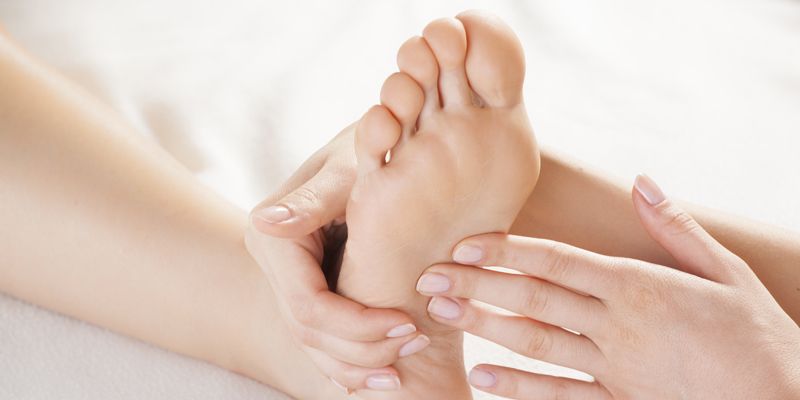Are you running, exercising or simply taking your first few steps of the morning when you feel it—that persistent, nagging heel pain that is sharp yet tender? Does this pain increase during weight bearing activity on a regular basis, causing swelling and weakness? If so, you may be struggling with some of the most common causes of chronic heel pain, plantar fasciitis or posterior tibialis tendonitis. These names are quite the tongue twisters, and these conditions will leave you feeling like you’re walking on pins and needles! However, although these conditions can create a lot of discomfort and inconvenience, the causes of this pain have surprisingly simple explanations and a few simple home treatments could help significantly.
Plantar fasciitis occurs when the tissue (called the plantar fascia) connecting the heels to the toes becomes irritated or inflamed. This tissue supports the arch of the foot and can create pain in your heels even when you just stand up or take a few steps. Posterior tibialis tendonitis occurs when strain is placed upon the tendon and nerve that are on the inside of the ankle. Over time, they stretch out and wear down and weaken due to overuse. Pain in this region can cause the foot to lose its ability to support your arch. Typically, these conditions tend to affect those with flatter feet. If your feet roll inwards too much as you walk, you have flat feet. Before nerve and tissue damage become severe and permanent, there are steps you can take to make strides toward your own recovery instead of staying stuck in one spot! These 3 home treatments will start reducing irritation and possibly eliminate your symptoms:
1. ICE, ICE, ICE. Using an ice pack, ice cup, frozen water bottle or plastic bag filled with ice cubes is often the first step in reducing swelling and fresh muscle or nerve irritation. Make sure that you wrap a towel around your ice pack or bag before placing it on your skin, and remove it after no more than 10 minutes. Or Freeze a water bottle and roll it under your foot for 5 minutes.
2. STRETCH YOUR CALVES. Stretching the soleus and gastrocnemius muscles of the calves will also relieve pain, promote better circulation and increase your range of motion in just a few minutes.
Perform this stretch for at least 30 seconds with your back foot facing forward and knee pointing towards 2nd toe. Perform this stretch several times throughout the day.
3. CHANGE YOUR FOOTWEAR. Your footwear may be playing a part in your pain. If you have flat feet, then try some over the counter arch supports that you can find easily at any sporting store. These devices fit into your shoes to give your arches the support they are lacking or stabilize your ankles to divert some of that strain and pressure away from your arches and heels.
If these at-home treatments aren’t giving you the long lasting results you need, seeing one of our specialized physical therapists is the next and most important step! A therapist at Rebalance is just the right person to get you moving towards recovery. They will help to rehabilitate the tendons and muscles through hands-on techniques that will speed up the recovery of the damage that is holding you back from painless motion and mobility. If you’re in pain, don’t just stand still! Contact Rebalance physical therapists to finally reach that finish line of relief!
















